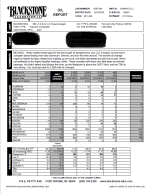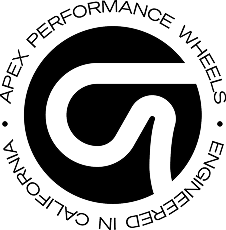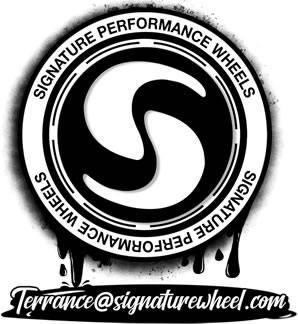TwinSkrullDesign
Active Member
I was curious on how the in car performance recorder (Non-PDR) would read against a draggy in the new 2026 CT5-V AWD.
- 43F Degrees
- 1/2 tank of 93 octane when the runs were completed
- New Bridgestone Blizzak 6 winter tires (245/40/19)
- Both the road and tires were cold.
As you can see, the Cadillac software is a little kind, but it makes me feel happy . Two 12.9 sec 1/4 mile runs back-to-back and hitting 4.6 & 4.7 seconds 0-60. The Cadillac software is probably adding in the “roll out” numbers.
. Two 12.9 sec 1/4 mile runs back-to-back and hitting 4.6 & 4.7 seconds 0-60. The Cadillac software is probably adding in the “roll out” numbers.
The draggy on the other hand is probably more accurate. Two 13.36 1/4 miles runs hitting 0-60 in 5.16 seconds.




- 43F Degrees
- 1/2 tank of 93 octane when the runs were completed
- New Bridgestone Blizzak 6 winter tires (245/40/19)
- Both the road and tires were cold.
As you can see, the Cadillac software is a little kind, but it makes me feel happy
The draggy on the other hand is probably more accurate. Two 13.36 1/4 miles runs hitting 0-60 in 5.16 seconds.





